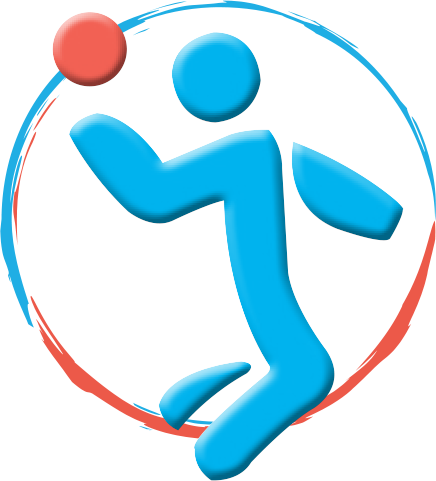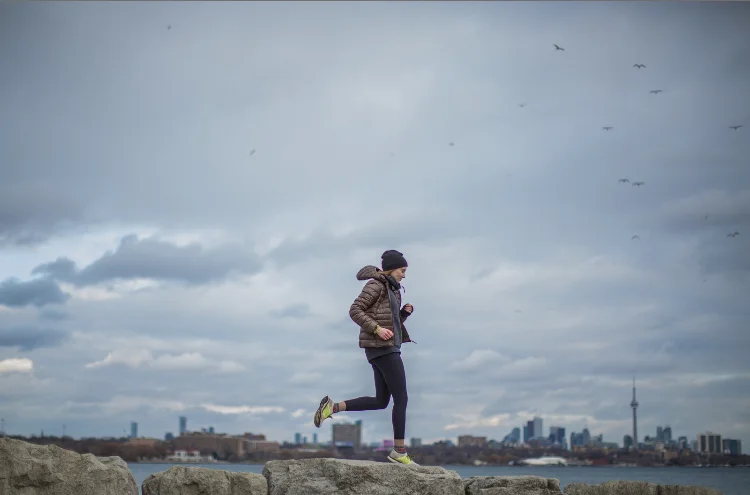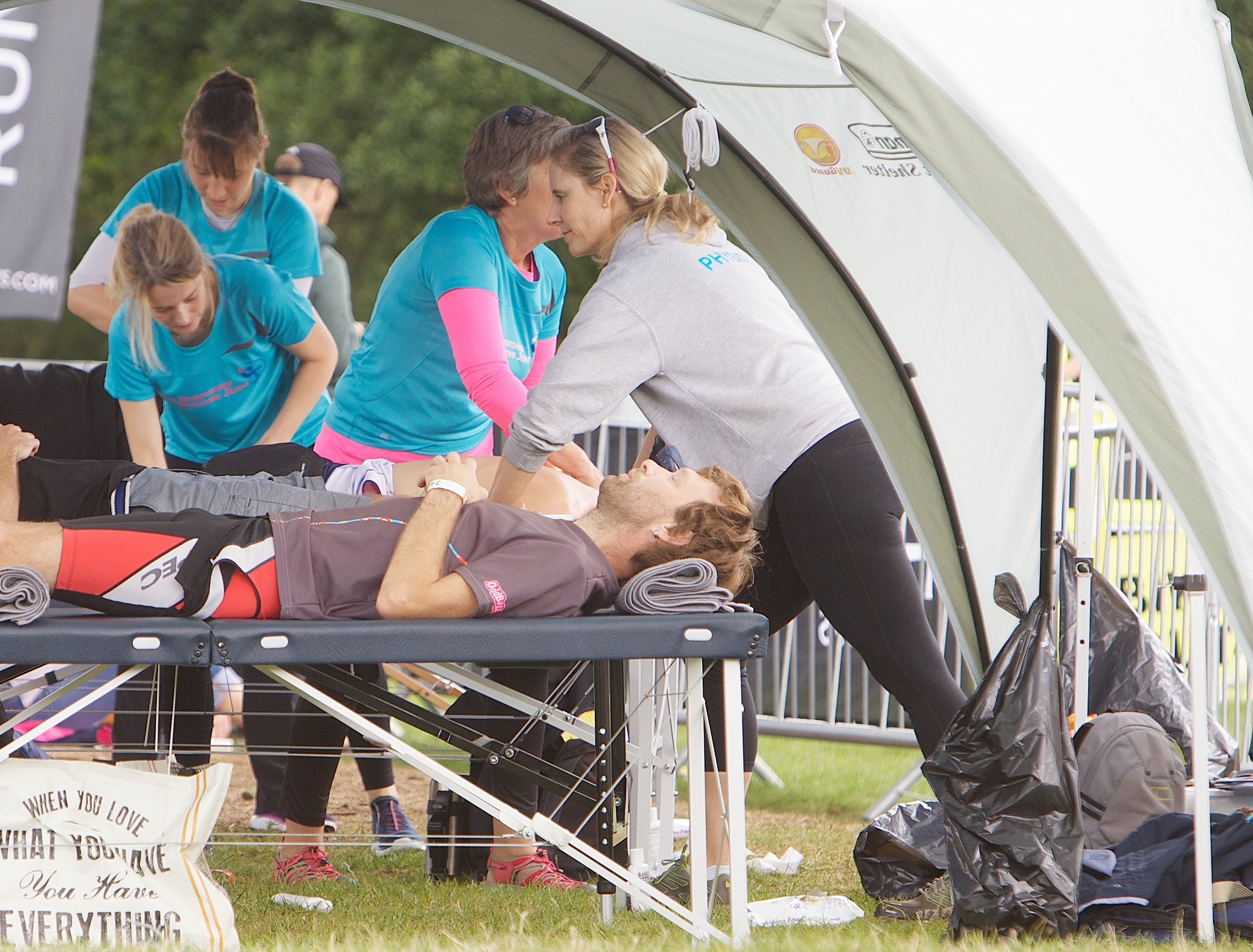As physios we are often asked whether pushing through an injury is the right thing to do. The simplest answer is ‘it depends on what is wrong with you!’
If it’s a new injury:
Swelling: If your joint or muscle is swollen after a new injury, then you need to get the injured area up, compress it and ice it for 48 hours. There is lots of contention whether icing is good for you or not these days, but I still see huge benefit in pain reduction and swelling reduction sufficient to be able to move the area more. Avoid exercise other than activities of daily living
Instability: if your joint is giving way, you need to get it checked out by a physio or a doctor for further investigations. Avoid activity as much as possible till you’re checked out
Bruising: if the bruising is associated with pain, then avoid exercise other than activities of daily living until it settles
Wound: avoid swimming until the wound is closed and if a wound is over a joint, then you will be restricted by the doctor, either through a need for elevation of the area, or a restriction on movement.
Tendon: generally speaking even with acute tendinopathy you can still exercise, but try less loaded activities like swimming (unless it’s a shoulder tendinopathy), cycling, seated cross trainer, weight training avoiding the affected area, TRX avoiding putting weight through the affected area. No hopping, jumping or running!
Muscle injury: even with an acute injury the general advice is to ‘keep it moving’. Avoid sprinting, jumping, hopping and do light exercise like cycling, swimming, cross training, all below 60% effort. Avoid weight training of the affected area
If it’s an injury you’ve had for a long time
Persistent swelling: no area of the body should remain swollen, and therefore should definitely be checked out by a trained physiotherapist or good GP. Avoid exercise that makes the swelling worse
Instability: Hopefully you have been given some exercises to work on to improve your stability, but it’s important to avoid end of range activities/ extreme movements that load the unstable joint in vulnerable positions.
Tendon: older tendon injuries (when the acute pain has settled down) need to be loaded, initially with ‘isometric holds’. This basically means going to mid-range of movement of the joint and holding this position, preferably with a heavy weight, and best if using only the affected arm or leg. No repetitions, just holding the position.
As pain improves you can start to add in some ‘eccentric training’; eg the Achilles tendon shortens when you point your toes, so heel drops over the end of a step will lengthen it; the Quads muscles shorten when straightening the knee, so squatting will lengthen the Quads tendons; the hamstrings bend the knee, so straightening your leg from a bent knee position will lengthen the Hamstring tendons. i.e. you are working the muscle as it stretches out. The heavier the weight you can tolerate, slow and controlled, the better it is for loading the tendon. The key to doing this type of training though is to not do more than two consecutive days of loading for your tendon, and no more than four times a week. Remember that any hopping/ jumping/ running will load your lower limb tendons and therefore also ‘count’ towards your loading days.
Muscle: Make sure that you fully strengthen a muscle after injury in order to return to your previous activity. The injured side needs to be back to the strength of the uninjured side, and should have the same ability in terms of strength, power, stamina and range of movement.
Avoid sprinting/ maximally explosive activities until the muscle is fully rehabilitated or it could take you back to square one. Usually up to 80% max is within the safer zone.
When rehabilitating tendon and muscle injuries it is really important to make sure that you go through all the phases of return to activity:
1. Multidirectional activity
2. Plyometrics
3. Sport specific drills with no repercussions the following day (pain, excessive stiffness, swelling).
4. Contact as appropriate eg rugby tackling
In my opinion, the last thing you should do before returning to sport is putting the competition element back into training. It’s significantly harder to focus on technique when there is an opponent in front of you or a ball to control with skill!
DISCLAIMER: This is a really simple guide, and in no way meant to be a replacement for individualised assessment by a qualified health professional. We will not be held liable for any further injury that occurs as a result of advice taken from this blog. Please ALWAYS consult a health professional if you are in any doubt.
KATE STALKER, LEAD PHYSIO @ THE DERBYSHIRE SPORTING JOINT.








